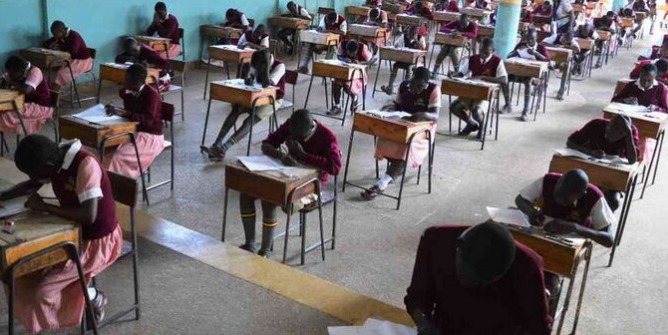Less than a month after Kenya officially converted its Standard Gauge Railway (SGR) loan from the US dollar to the Chinese yuan to cut interest costs, neighbouring Ethiopia has initiated similar talks in a move that signals a wider regional shift away from dollar dominance in sovereign debt.
Ethiopia is in early-stage discussions with Chinese authorities to convert part of its Ksh695.23 billion (USD 5.38 billion) debt into yuan-denominated financing, according to sources quoted by Bloomberg. The talks, led by the National Bank of Ethiopia Governor Eyob Tekalign, were held last month in Beijing with top officials from the Export-Import Bank of China and the People’s Bank of China.
“China is a key partner for us, with rising trade and investment flows. It is sensible to explore a currency swap, including partial debt conversion. We have formally requested this and are progressing the discussions,” Tekalign confirmed while speaking to reporters in Washington during the IMF and World Bank meetings.
Ethiopia, which defaulted on some of its external obligations in 2023, is currently restructuring approximately USD 15 billion (Ksh1.94 trillion) in external debt. Analysts say the shift to yuan could significantly reduce exposure to the strengthening US dollar, and by extension, ease fiscal pressure on struggling African economies.
IMF Africa Director Abebe Selassie acknowledged the potential impact of these moves, saying such arrangements could provide “non-trivial fiscal relief” for countries heavily indebted to China.
Kenya recently completed the conversion of its Ksh646.15 billion (USD 5 billion) SGR loan into yuan, a move projected to save the country at least Ksh27.78 billion (USD 215 million) annually in interest payments, according to Treasury CS John Mbadi.
The 2013 loan, which financed one of Africa’s most ambitious infrastructure projects, came under scrutiny as the dollar strengthened, significantly inflating Kenya’s repayment costs.
As African economies grapple with currency volatility and rising global interest rates, the gradual pivot toward Chinese yuan settlements may mark the beginning of a broader financial realignment, one that could reshape Africa’s external debt architecture in the years ahead.









